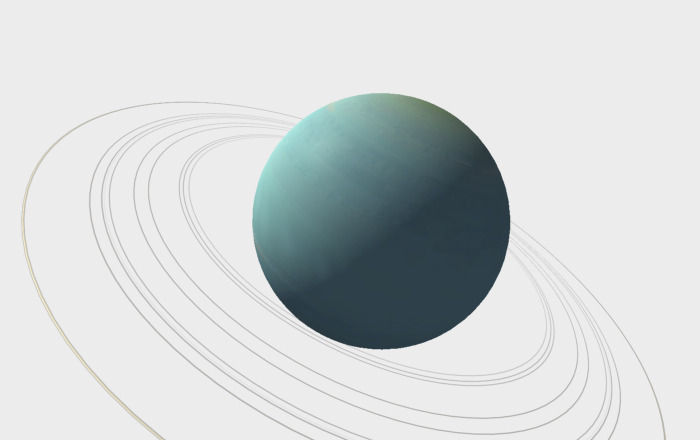 Loading...
Loading...
Initial language selection is based on your web browser preferences.


Uranus is barely visible to the naked eye, appearing as a faint star in the night sky. It was not discovered until 1781, when astronomers had developed sufficiently powerful telescopes. The planet's atmosphere displays a muted blue-green hue, mainly because of the presence of methane, which scatters sunlight in the blue part of the spectrum. Uranus, along with Neptune is classified as an ice giant. Its dense hydrogen and helium atmosphere gradually transitions into a liquid mantle composed of molecular hydrogen. Beneath this layer is what astronomers refer to as "icy material," although this term can be misleading. In this context, "ice" refers to simple compounds such as ammonia and methane, which exist in a hot, liquid state under the planet's extreme pressure. Uranus also has a hot, liquid core composed of iron and rock. Uranus is surrounded by a system of faint, dark rings and is accompanied by more than two dozen moons.